Jodhpur. It is not just another city. It is an offering. Of everything stunning in nature: desert, sunrise, sunset, mist, flora and fauna. All beautifully entwined in the local history, arts, architecture, crafts, textiles, design, and cuisine. Much loved by its inhabitants. Jodhpur is a treasure.
History:
Jodhpur was established by Rao Jodha in 1459, hence it’s name: the city by Rao Jodha. This is a practice similar to the other Rajput rulers where they named the cities they created ending with ‘pur’ (meaning habitat) like Jaipur, Udaipur. Actually these 3 rulers shared political aspirations.

Rao Jodha belonged to the valiant Rathor clan of the Rajputs (a warrior community of Western India). It is believed that in 470 CE, Nayan Pal, a Rathor prince, controlled northern India from Kannauj (in present Uttar Pradesh). In 1192, the Rathor rulers were driven out from there by Mohammed Ghori and they set up a new kingdom in the dry, arid, harsh Thar desert. In mid 15th century this, now great, Marwar power ruling from Mandore fought with the Maharanas of Mewar (former name of the royal state of Udaipur region) over Chittorgarh. The Marwar Rathors won and that’s when Jodhpur was founded, Mandore was abandoned for this new city. And, the majestic Mehrangarh Fort building project was started. Even today, locals insist that there is a sharp distinction between those from Marwar and Mewar 🙂 some old stuff still goes on…

Rao Ganga Singh of Marwar fought with Rana Sangha of Mewar against Mughal Emperor Babar in the 16th century. With passage of time, the Marwar rulers grew close to the Mughals, especially Akbar. Raja Sur conquered Gujarat and most of Deccan as Akbar’s trusted lieutenant, and Raja Gaj Singh was clearly with Jahangir.
After many years of such close alliance with the Mughals, it was only during the time of Aurangzeb, in the 17th century, that again Jaipur, Udaipur and Jodhpur came together, and made themselves independent of the Mughals. These rulers made an agreement in 1707 which the Jaipur ruler Jai Singh I would marry a Udaipur princess (wonder if anyone was considering the opinions of the ladies!) However, there was a strange clause: the first-born son of the Udaipur princess would win the throne of Jaipur. This led to immediate problems in Jaipur because though Madho Singh I was born of the Udaipur princess, Jai Singh preferred his first son Ishwari Singh. In 1718 Ajit Singh’s daughter (Suraj Kanwar) was married to Jai Singh. This led to complications and eventually Jodhpur fell first to the Marathas and then to the British in 1818 and lost their independence. They merged with the Indian union in 1947.
Dr Shailka Mishra has added this information: “Jaipur and Jodhpur were in a tussle because they both wanted control of Malwa to be more powerful. Jai Singh intervened the Bundi power struggle and this also irked Abhai Singh. Later in the early 19th century was the Krishna Kumari of Mewar incident when she was engaged to Bhim Singh of Jodhpur who suddenly passed away and the Mewar ruler decided to marry Krishna Kumari to Jagat Singh of Jaipur. This did not go well with Man Singh of Jodhpur who was the successor of Bhim Singh.”
The two other kings respected for their remarkable contribution to the world, not only Jodhpur, are Sir Pratap Singh, who ruled for 50 years and an intimate friend of the British, and Maharaja Umaid Singh who reigned from 1918 – 1947.
Mehrangarh Architecture:
All forts of Rajasthan are built on the oldest mountain range of India, the Aravallis. As they were built for self defence, they had to be made extremely self sustaining with ecosystems that could cater to an entire city living within its high walls for months, in case of war. These forts are all ecologically sensitive, practiced rain water harvesting and harnessing of whatever water is available in a desert, and, of course, architectural marvels. Talking of #socialdistancing and #selfquarantine – how better than in these massive forts?
Mehrangarh Fort, built 400 mts above ground over 500 years by different rulers, is “over 500 yards long, its wall rises in places to a height of 120 feet and is 70 feet thick.” It is internally divided into: “the outer court with its old stables and kitchens; the durbar hall, reception rooms and Maharajas palaces, and the ‘zenana’ or Maharani and ladies areas (larger than the Maharajas spaces as the men were usually out in war most of the year).
The parts of the Fort have interesting names: Phool Mahal (flower palace), Takhat Mahal (served as the royal bedroom) with funny coloured glass balls hanging from the ceiling, Sardar Vilas, Moti Mahal (pearl palace), Khab ka Mahal, and the Jhanki Mahal (palace of the glimpses) – used by women to glimpse down from heavily latticed windows at the royal proceedings in the court below where the royal white marble throne, used since the mid 18th century, is still kept. The inscription on it says it was made under Bakhat Singh.
A unique feature of the Mehrangarh Fort are the really, really beautiful hand carved stone screens referred to by architectural historian and Curator of MSMSII Museum, Dr Giles Tillotson as, having “the appearance of a piece of hanging lace.” They are mostly made on ‘jharokhas’ which are covered overhanging windows, extending from the walls of the buildings. These facilitated ventilation by stopping the hot wind called ‘loo’ from directly entering the rooms and creating a filter. We can still think only of air conditioners and wonder about carbon footprints while 400 years back, people were living in these aesthetically functional designs (at a time when no one had even dreamt of electricity).
You should see these windows, some have coloured glass fixed on them in later years. I love to see myself in their reflection, whichever side you are on, you’re always in the limelight 😉
The Fort presently houses a splendid Museum, has the best shop to be found anywhere in India (we use this shop as a reference in many museum projects), some cool cafes and the Chokladeo restaurant with mouthwatering delicacies. From Chokladeo, you can stare at the Fort even at night ❤ What more could one need??
The palanquin in the photographs below is the globally famous Mahadol palanquin (palki) won from the Gujarat Governor in battle in 1730. It is part of an exquisite collection of paintings and textiles which have travelled outside India in some superbly curated exhibitions.
Umaid Bhavan Palace – history & architecture:
One of the largest private residences in the world, the Umaid Bhavan Palace has “347 rooms and used over 2.5 million cubic feet of sandstone and marble.” Though an immensely expensive and popular luxury hotel since decades, with Maharaja Gaj Singh and his family still residing in the first floor, this lavish palace was commissioned in the 1920s as a revenue generating project for the local population during a stark famine.
It was designed by the British architect, H V Lanchester and has a mix of traditional Indian and strongly British Beaux Arts and Art Deco styles.
The central dome is 198 feet high and had apparently hosted a dinner in the 1940s where a 1000 people were seated!!!
The Umaid Bhavan Palace hotel is not accessible to the public so these 10 photographs from above are rare to see with your own eyes. Only hotel residents, the staff and pigeons are allowed entry 😉
The Palace has a small but unusual museum – its collections are entirely from the private collection of the royal family. There is a room full of all sorts of clocks as one of the rulers was obsessed with them! This is open to public at a nominal fee.
J S Norblin, a Polish refugee at the Jodhpur court, created some frescoes in the 1930s. Most of them, including the gold paint on the walls had deteriorated due to some internal climate control issues. They are in the process of restoration since some years and will take your breath away.
The royal car collection from Buicks to Maybachs to Rolls Royces are all out there to feast your eyes on. The gardens are lovely and clean, like the rest of the city. But I am assuming you are planning a trip to Jodhpur, as soon as journeys are allowed 🙂
The royal coat of arms:
It depicts a kite – the sacred bird of Goddess Durga, the Rathor war cry – ‘Ran Banka Rathor’ meaning Rathor, invincible in battle, and grains of millet. The latter represents the words of Sher Shah Suri, the Indian emperor from 1540 – 1545, who narrowly defeated the Jodhpur army and had commented, “for a handful of millet, I nearly lost all of Hindustan.”
Jaswant Thada:
This is the cenotaph of Maharaja Jaswant Singh (1873-95) and the later rulers (those of the earlier rulers are at Mandore). Even for the wives and concubines of Jaswant Singhji who had committed ‘sati’ here on his death. Sati was a practice in India where the widow would immolate herself on the funeral pyre of the dead husband.
Everywhere you go in Jodhpur, a strong Mughal influence is visible in its architecture and decoration. The carvings on the wooden doors, stone structures, the patterns and motifs are derived from the imperial Mughal repertoire.
Do take out time and walk around the old city, it was one of the most well planned cities of India of those times. There is an abundance of textures, smells and colours in its temples, mosques, old houses and shops. The old city is called the Sardar market. Though quite clean, it is sprawling with roadside hawkers selling cheap, plastic stuff. But if you ask around then you will find the traditional crafts and textiles of the region.
I would have loved to write about Jodhpur’s cuisine – it is definitely the best in Rajasthan. Do eat the mutton there if you are fond of it. The ‘kachoris’ (deep fried savoury) made of ‘daal’ (pulses) and ‘mawa’ (thickened milk) is most famous. So is the ‘lassi’ – cool drink made of curd. The ‘gatte ka sabji’, ‘ker sangri’ and ‘daal baati’ are the traditional food of the desert region. I am sorry I am unable to post any photograph of them as they were too tasty and I ….errrrr…….. ate them all (rather gulped them in) :p
 Did you know that Jodhpur has one of the oldest international airports in the world! Maharaja Umaid Singh was so fond of flying that all his male relatives were made to learn flying, in the 1930s!
Did you know that Jodhpur has one of the oldest international airports in the world! Maharaja Umaid Singh was so fond of flying that all his male relatives were made to learn flying, in the 1930s!
Hope this post has given enough ammunition to cherish the past and what we have.
Research based on the Mehrangarh Museum Trust and Umaid Bhavan websites. The book quoted from is: Rajasthan, Knopf Guides, 1996.
All photographs taken by the author, except for the genealogical map.
If you are still keen to know more about Jodhpur’s arts, crafts and textiles then wait for the next post. Meanwhile, listen to ‘Ghoomar’ on the internet (not the bad Hindi film version) and enjoy Jodhpur – virtually 🙂







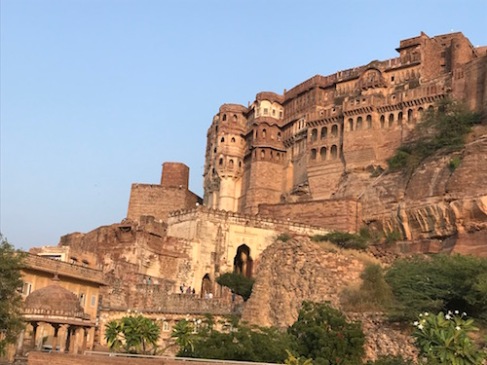



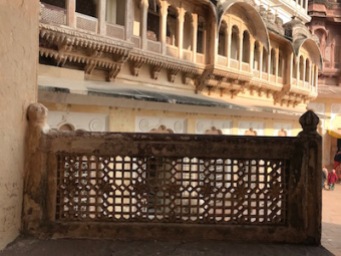




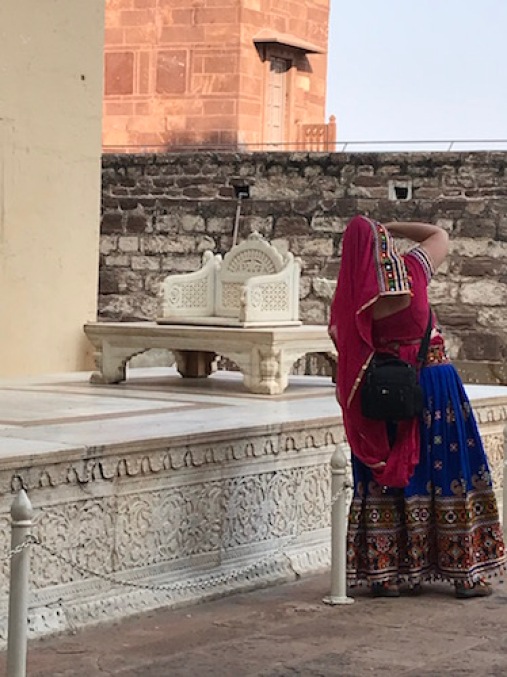


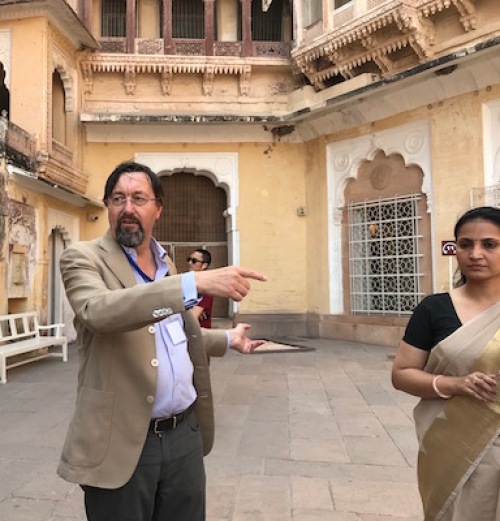
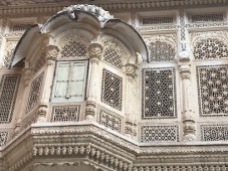
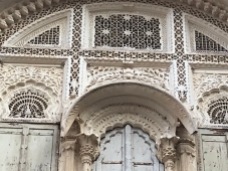


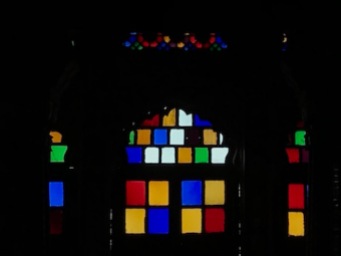

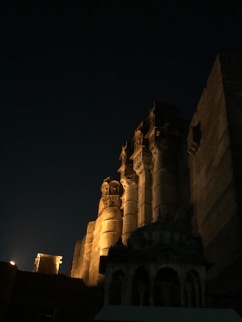

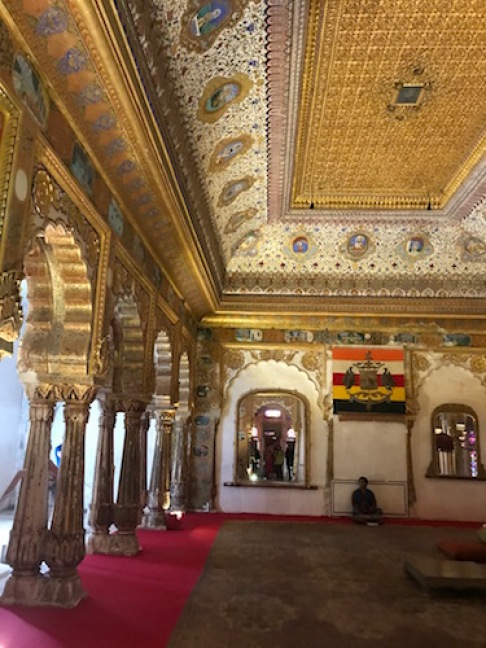


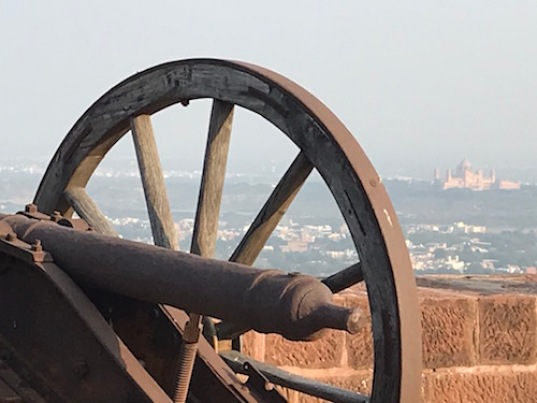





















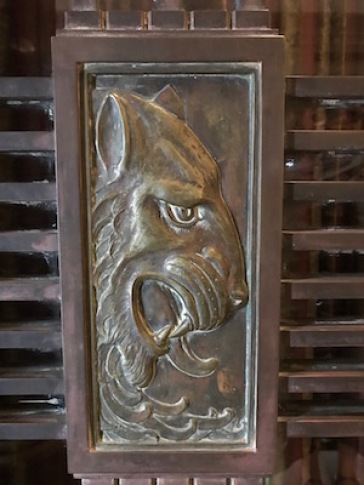


















Totally agree Jodhpur is my favourite too
LikeLike
❤ thank you Sue 🙂
LikeLike
Elaborate explicit view of Jodhpur then and today.. brought more to life by a set of very beautiful photographs of the palace architecture . Really made me want to visit this historically rich city and am fascinated by the grandeur written about and want now to see it first hand..
LikeLike
Very nice to read about my own city. It’s quite an insightful read.
LikeLike
WOW! That’s quite something Anuj – means a LOT 🙂
LikeLike
Really interesting blog! Jodhpur is my next destination definitely!
LikeLike
Thanks Shubha! That’s quite a compliment – do read the next post on Jodhpur arts and textiles too and hope that you like it too 🙂
LikeLike
Wow great and Amazing Article in Jodhpur
LikeLike
Thank you 🙂
LikeLike